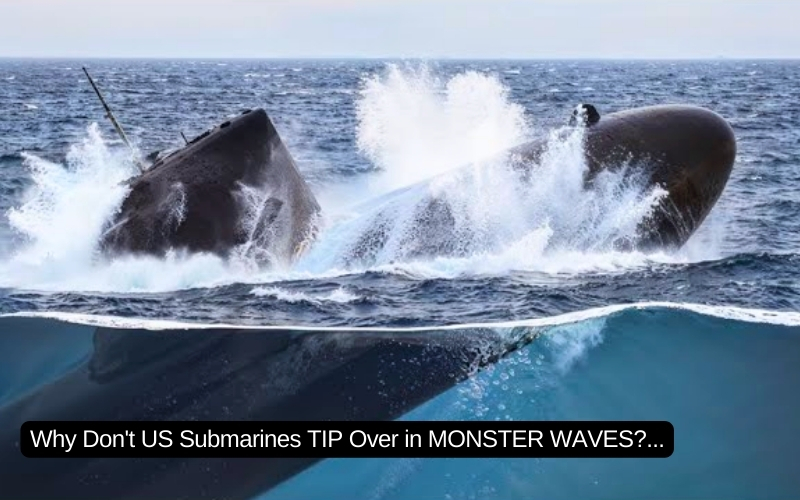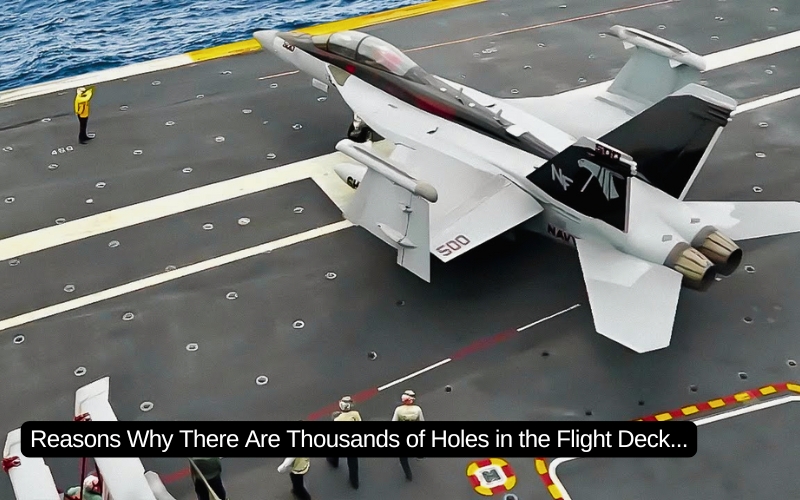It looks like a Hollywood special effect, but there’s actually no computer trickery involved – just two high-powered jet engines.

This is an F14D Tomcat fighter approaching the speed of sound above the flight deck of USS Theodore Roosevelt, off the Californian coast, during a fly-past.
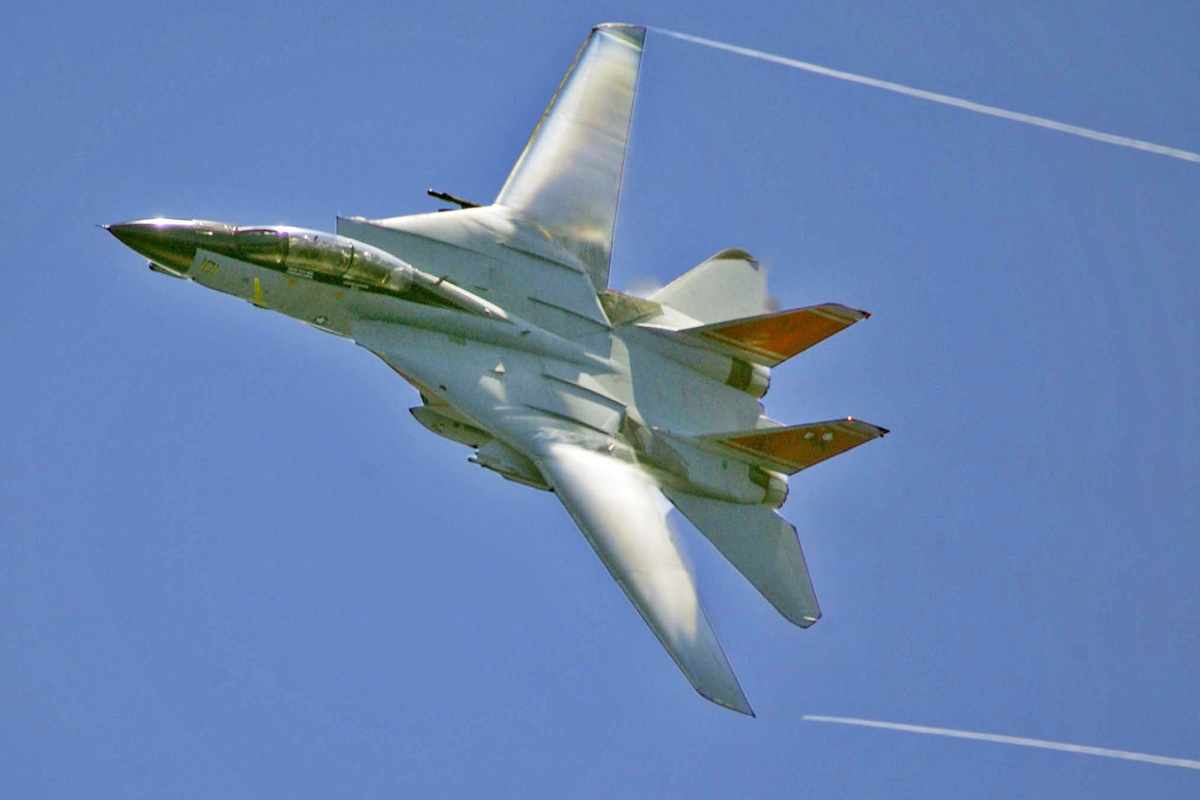
The dramatic vapour-cone effect occurs when humidity is high and the air condenses behind the plane. When an aircraft breaks the sound barrier it is accompanied by a loud crack, caused by compressed air waves exploding.
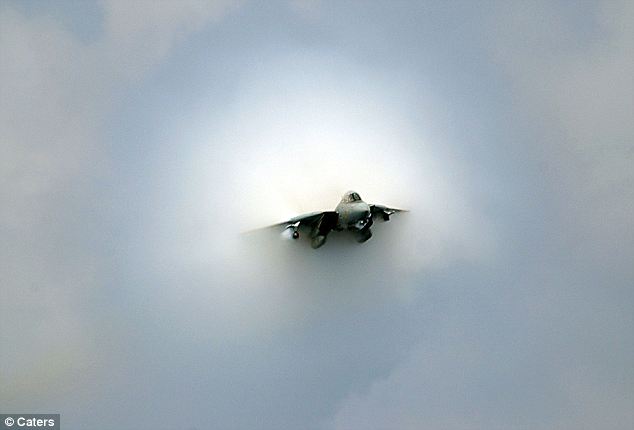
Doug Siegfried, 72, a former Naval Aviator who now runs the Tail Hook Association in America, said: ‘It is a very dramatic picture.
‘Breaking the sound barrier is not so common over land due to the loud noise that bothers the population below.
‘It is normally done, as it is here, out to sea or scheduled with the airport and civil authorities at air shows.
‘The sound is deafening if you are close by and the closer the aircraft is to the aircraft carrier or fans at an air show the louder the sound would be.
‘The reaction to the sound and seeing a beautiful airplane streaking by with water vapour streaming behind is spectacular.
‘As a Naval Aviator I never tire of seeing this scene. It is what helps recruit young men and women to want to get up in the sky and perform the same thing.’
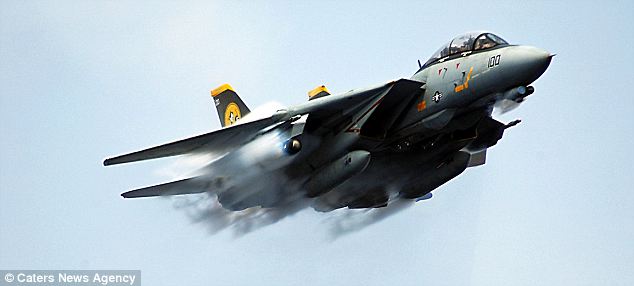
Sound travels at around 330 metres per second – or 740mph – and that speed was first officially broken by U.S. pilot Chuck Yeager on October 14, 1947 in an X-1 aircraft.
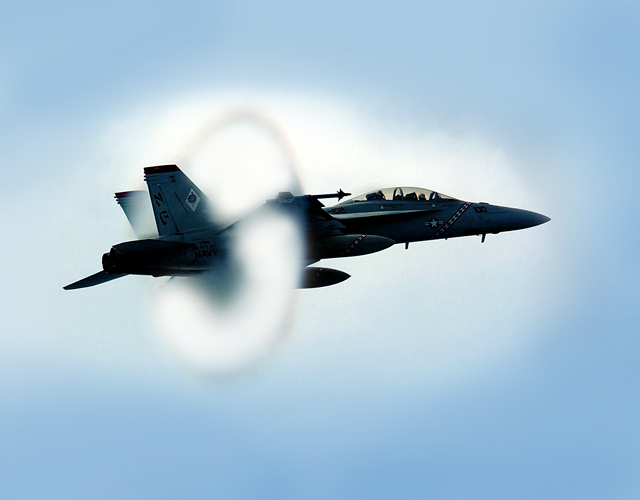
However, it’s believed that German V-2 rockets regularly exceeding the speed of sound during World War II – and pilot Hans Guido Mutke claimed to have gone through the barrier in a Messerschmitt Me 262 in 1945.
Aircraft technology developed rapidly after the war and the 1970s saw the introduction of two supersonic civilian airliners – Concorde and the Soviet Tu-144.
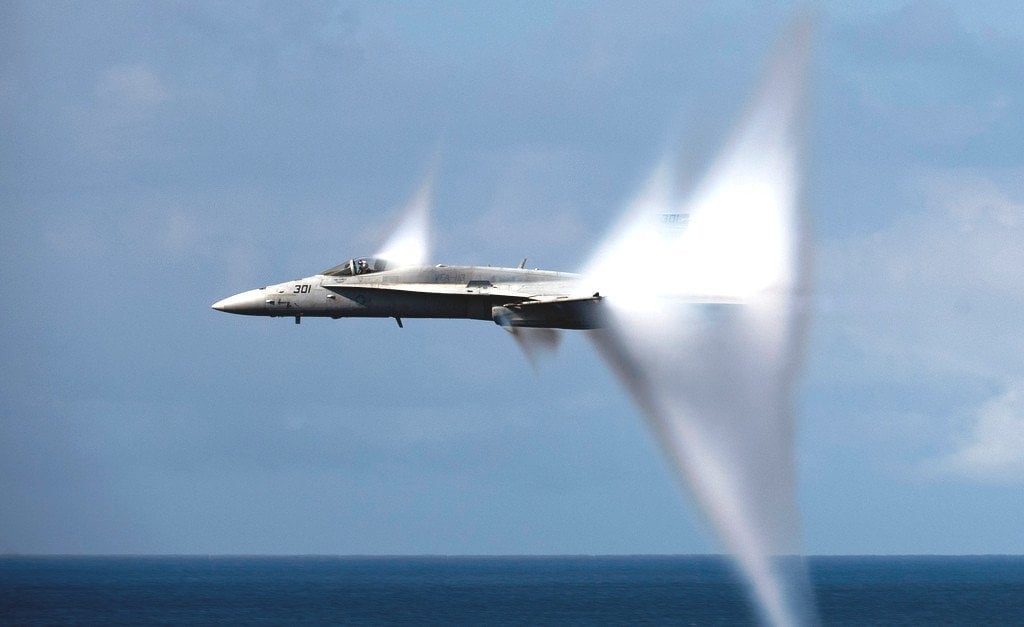
The F14D Tomcat – made famous by the Tom Cruise film Top Gun – has a top speed of 912 mph at sea level and 1544mph at higher altitudes.
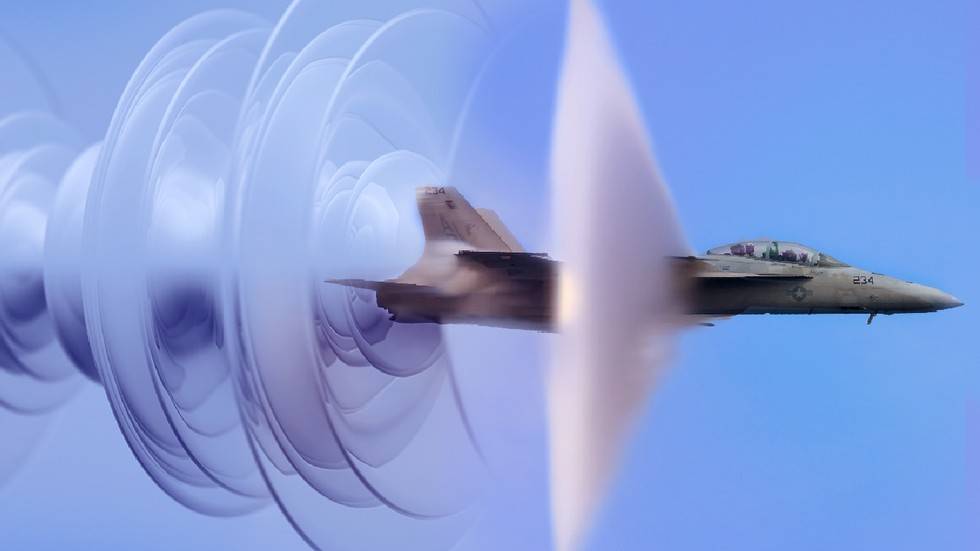
They have been taken out of service by the U.S. armed forces but are still used for displays.
Share or comment on this article: This plane hasn’t leaped in from another dimension… it’s just about to break the sound barrier.





